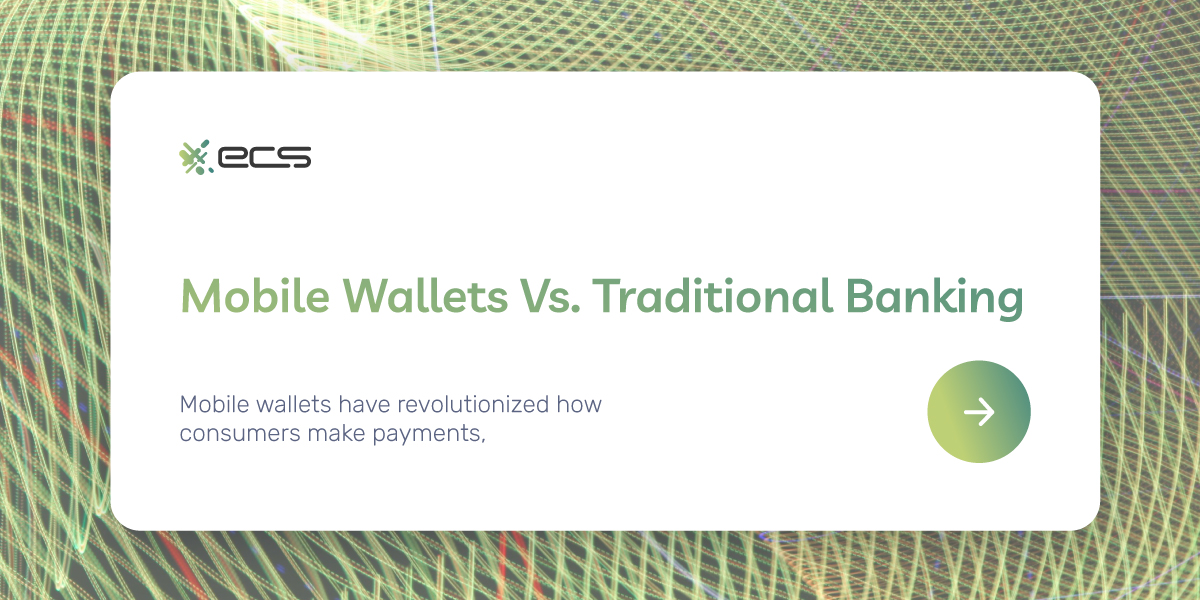Mobile wallets are applications (e.g., apps) that store card numbers so consumers can pay for goods and services with their phones instead of a plastic card. Mobile payments may be conducted online or even in person as contactless payments.
The customer verifies their identity to open the mobile wallet via a facial scan or thumbprint. They pass their phone near a POS terminal, completing the transactions through near-field communication (NFC) radio waves.
Mobile payment platforms like ApplePay and Google Wallet disrupt the payment processing landscape. Globally, digital wallets are the fastest-growing payment method at 15%, three times the growth rate of plastic cards.
While mobile wallets are interesting in and of themselves, it’s also interesting to consider how they fit into consumer-facing financial technology (fintech), specifically banking. How do banking applications—including mobile wallets and peer-to-peer payment apps—measure up against traditional banking?
From Mesopotamia to Mobile Apps: A Brief History of Banking
The history of banking begins in ancient Mesopotamia, the cradle of civilization. People would bring their grain and valuables to temples for safekeeping, and the priests would lend them to local merchants and farmers with interest.
The Greeks and Romans continued to refine the idea of banking with standardized coinage. With the fall of the Roman Empire, societal order and the European economy were destabilized.
But by the end of the Middle Ages, specific sub-communities, such as Jewish merchants and crusading orders (such as the Knights Templar), laid the groundwork for international networks to facilitate the storage, transfer, and lending of funds.
Many historians agree that modern banking emerged with families like the Medici during the Italian Renaissance. Their Medici Bank instituted the accounting practice of double-entry bookkeeping. They also sponsored Michelangelo (the artist, not the Ninja Turtle).
The Bank of Amsterdam was founded in the year 1609, followed by The Bank of England in 1694. These central banks stabilized the local currency of their respective countries. The Bank of New York was established in 1784, bringing banking to the New World.
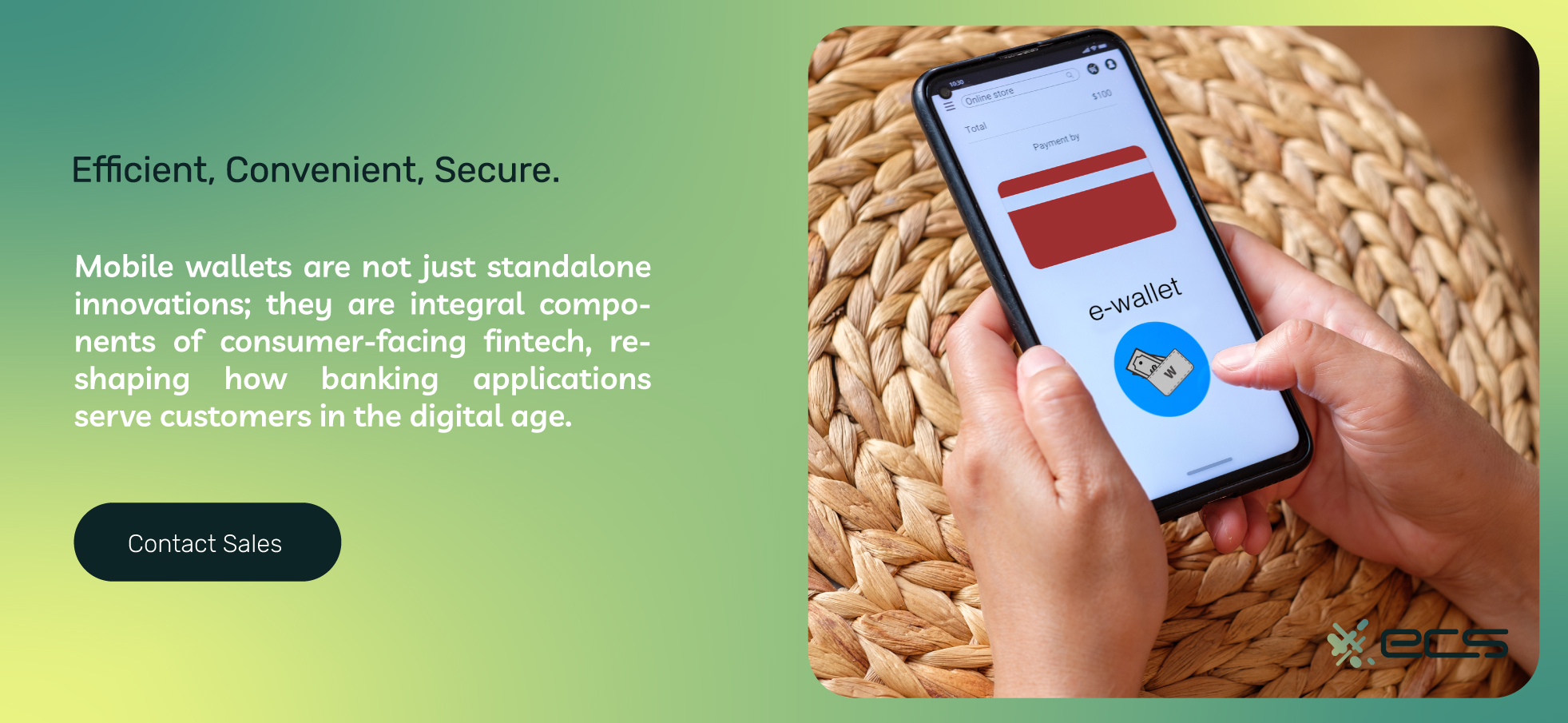
Modern Banking
Today, banking is a far different experience than bringing your grain and jewelry to some priest at your local ziggurat. It’s even far different than depositing a burlap sack of gold doubloons into the care of a wigged banker (everyone wore wigs in those days; it was a vibe).
Most consumers already (for the most part) live in the environs of a “cashless society.” Their paychecks are sent via direct deposit right into their checking account. If they want to pay for something, they use a credit card or debit card. If they want to send money somewhere, they use peer-to-peer (P2P) payment applications like PayPal, Venmo, or Zelle.
And if they want to review their most up-to-date banking information, they check their banking app. Almost everything has gone mobile in this digital transformation in banking.
The Shift To Mobile Banking
Thanks to the internet and mobile phones, 43.5% of American households use mobile banking today. Of course, there couldn’t be online banking if there was no “online”.
The age group with the highest market penetration rate is 15 to 24-year-olds (many banks offer parent-sponsored “junior” programs for those under 18). This digital banking trend makes sense since consumers in this age bracket don’t know what the world would look like without Instagram.
When you think about it, 43.5% is not such a pervasive percentage. Keep in mind that “households” may include consumers who are older and more used to traditional banking (e.g., going into a bank to make a withdrawal). Other studies have found that while 79% of Baby Boomers use mobile banking, 97% of millennials use it.
Around 39% of global consumers use banking apps as their primary banking method, and 82% of polled consumers would be willing to switch banks over the mobile app experience. Interestingly, North America (240 million users) is behind other global regions such as Africa (387 million), Europe ( 361 million), and Asia (805 million).
These global findings, in particular, point to the importance of user experience (UX) in banking apps. It’s not so much that these regions are more developed than the United States as that bank digitalization is the only way many consumers in these areas can access their money. This, in turn, brings us to our next set of points.
The Benefits of Mobile Banking
The need for convenience and trust largely shapes consumer banking behavior. Consumers work hard for their money (most do, at least) and want to “put it” in a secure, easy-to-reach place.
In times past, this meant literally. In truth, banks are still trying to capitalize on this sentiment by building new branch locations. However, convenience these days also means accessing banking on their phone, 24/7…just like DoorDash, InstaCart, Netflix, Uber, and everything else in the no-waiting app culture.
Account Management
The most apparent benefit of mobile banking is instant access to account management. Consumers can deposit a check with their mobile phone, transfer money from one account to another, order a new debit card, and apply for new financial products like a credit card, auto loan, or HELOC.
Customers appreciate the design of a good banking app. A pre-pandemic survey found that an easy-to-use mobile application was the most important consideration when choosing a bank. This finding is significant because the UX of account management was more important than considerations like interest rates, ease of loan approval, or the range of financial products.
Spending & Budgeting
Another aspect of improving customer experience ties into the broader financial ecosystem of customer’s lives. Banking has become more than just collecting customer deposits. It’s become about guiding and helping customers attain financial literacy and make responsible decisions.
Many banking apps analyze customer spending, categorize it, and present it as delicious, mouth-watering pie charts (we couldn’t resist). Consumers can face the ugly truth of how much they spend on dining out, gas, and discretionary purchases. These functionalities can help consumers budget and spend within their means.
Payment Security & Alerts
Another feature of mobile banking is credit and debit card security. Suspicious transactions can be flagged, and consumers can be texted or have alerts sent to their phones. Banks are finding that real-time alerts can significantly cut down on payment fraud. Many of these security features are tied to AI and machine learning, which analyze spending patterns.
Reduced Overhead for Banks
As mentioned, banks continue to open mobile branches because they are magnets for pulling in consumer deposits. However, they can reduce their staffing numbers inside these bank branches by directing consumers to mobile and/or online banking. They can also reduce staffing in call centers to field customer inquiries via the same strategy.
One estimate suggested that chatbots could save the banking industry a whopping $7.3 billion per year. This trend is in conjunction with automating processes such as credit analysis, which can further reduce staffing needs. Hopefully, these employees will get a slice of pizza on the way out, like Deutsche Bank did for its London layoffs in 2019.
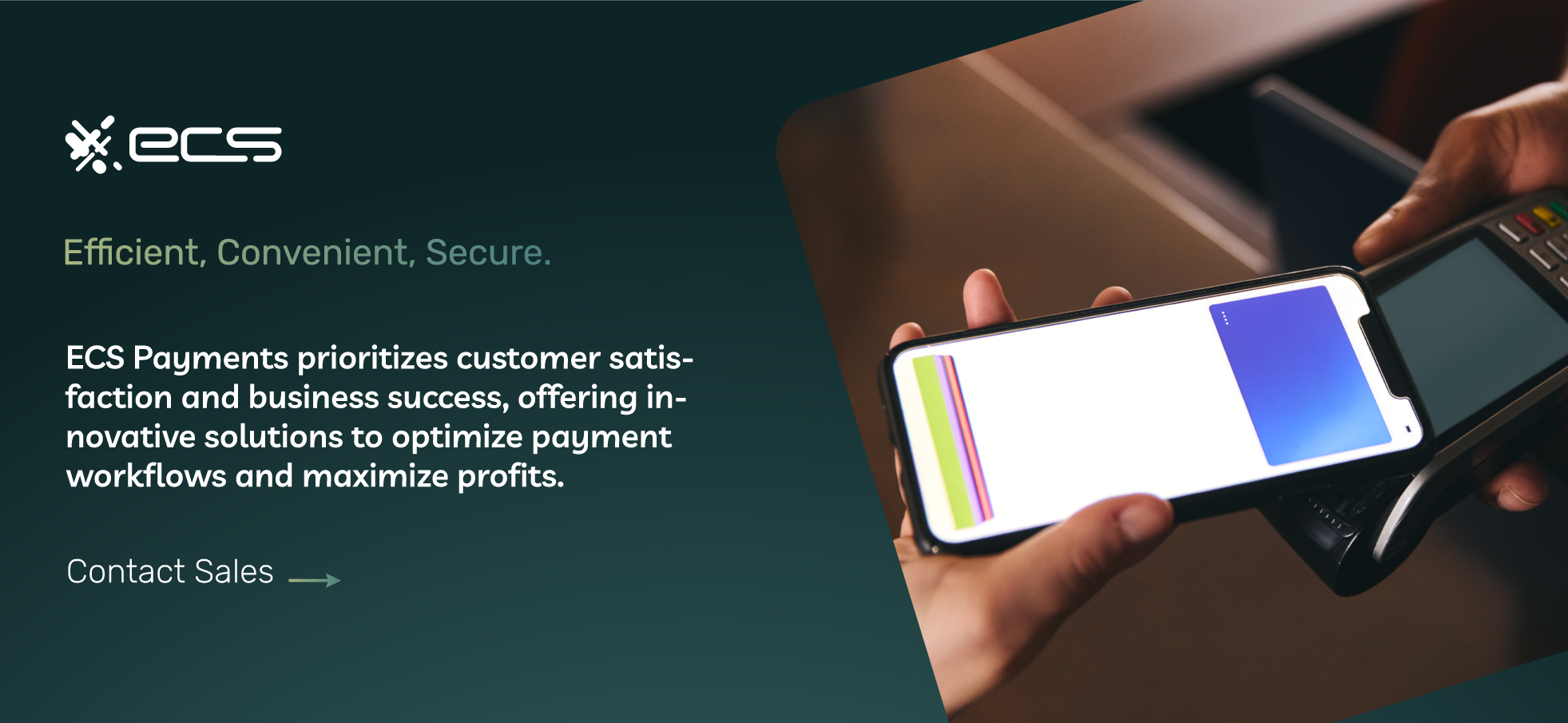
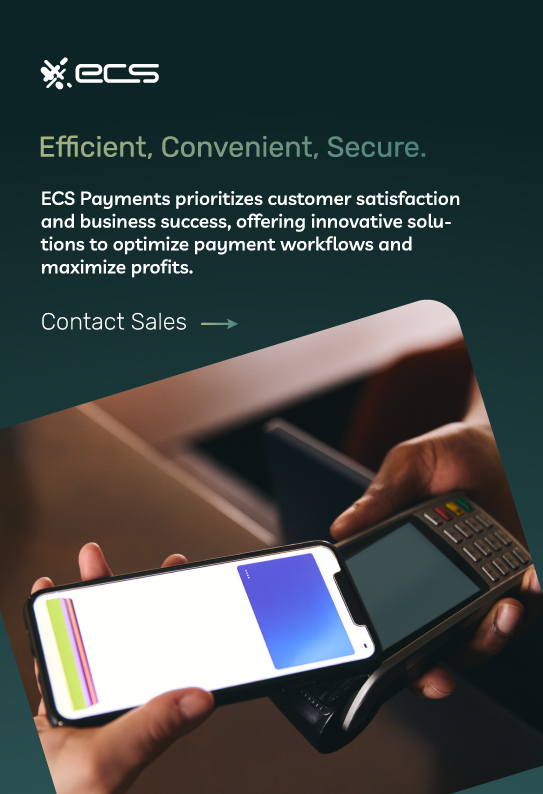
Digital (Only) Banks
One interesting trend in digital banking is the rise of digital-only banks. These banks have virtually no brick-and-mortar presence, unlike local and regional banks and the largest four banks in the country (Bank of America, Chase, Citicorp, and Wells Fargo).
In terms of funding , the largest digital bank in the world is Nubank ($4.1 billion) , which serves 70 million customers. However, these customers are primarily in LATAM (e.g., Latin America). American consumers are more likely to be familiar with Chime, which serves over 13 million consumers and has raised $2.3 billion in funding.
Other popular names include Ally, Varo, and Sofi. These banks are facilitating a new wave of cashless transactions, as they do not have ATMs in their network or brick-and-mortar facilities.
Digital banks offer consumers several perks over their brick-and-mortar counterparts. With lower overhead, these banks can offer much better interest rates on deposits. Chime offers 2% APY, Varo offers 3%, and Robinhood offers up to 5%. Compare this to the national average APY on savings accounts, which is 0.47%.
However, there are some downsides to digital-only banks. There is no brick-and-mortar wherein a customer can speak to a banker, and many have very limited customer support assistance via chat or email (Venmo, for instance, is notorious for bad service). The FDIC also does not insure some digital banks, meaning the customer could lose everything if the bank went under.
Many digital banks are startups in aggressive growth phases. They advertise on social media and provide fairly aggressive promotions. For instance, investment app Acorns frequently gives away hundreds or thousands of dollars to customers through referrals. Many digital banks offer bonus promotions for depositing a certain amount of money within the first 90 days of account opening.
Mobile Apps in the Investment Space
One fascinating development in mobile banking is the investment space. Returning to Acorns, for instance, many apps integrate with existing customer accounts to round up change or take recurring, fixed-dollar-amount withdrawals periodically and deposit these monies into a managed or self-managed brokerage.
When viewed against the backdrop of an increasingly gig-based workforce, the emergence of these mobile-centric paths to retirement is particularly fascinating. Upwork estimates that 39% of American workers did freelance work in 2022; Gallup polls found that gig or freelance work is the main source of income for 29% of Americans.
This means that roughly a third of the American workforce is not building their future with pension, 401(k), or similar company-sponsored retirement plans. The import of this absence is only more dire when considering that people are living longer. A “classic” $500,000 nest egg may no longer even cover necessary retirement expenses.
This is where these investment apps come into play. A freelancer can use an app like Acorns to round off their change and automate weekly contributions to deposit a total of $500 per month into a managed account with 6% growth. If they do this for 40 years, they’ll have a million-dollar nest egg.
Applications like Acorns are what make this possible. Traditional banks and their investment departments can facilitate automated, recurring deposits. However, they lag behind innovative investment fintech in terms of convenience. One example of this shortcoming is in the space of fractional investing.
Stock Investment Apps
Apps like Robinhood and Stash allow investors to purchase a percentage of a share of stock. Don’t have several hundred dollars to buy a share of Amazon, Tesla, Costco, or Google? No problem. If you have $5, you can purchase $5 worth of said stock.
These investment apps are innovative leaders, creating financial inclusion for consumers who would otherwise have no retirement plan. Moreover, the users of these apps never have to meet with a financial advisor in person. They can do everything from their phone.
The Long-Term Prognosis of Cryptocurrency
Cryptocurrency was once the domain of so-called “crypto bros” lurking in subreddit threads, hoping to go “to the moon” on the next obscure, bizarrely named digital coin. However, cryptocurrency has become much more mainstream within the last few years.
40% of American consumers, or roughly 93 million people, now own some crypto. The above-mentioned fractional investing has facilitated some of this crypto ownership. Most consumers cannot afford to purchase one Bitcoin for $69,180. However, they can afford to purchase $10 worth.
It’s all well and good to have e-wallets like Coinbase, Trust, or MetaMask and store some coins in there for digital shifts and squiggles. You might even send some digital currency to a friend to split the cost of something or pay for a favor. But is there any legitimate future for digital currency in B2C transactions, especially in person?
Absolutely. Around 30% of crypto users said they had used their crypto to purchase something within the previous 30 days. 66% of consumers have used crypto-based debit cards (such as those issued by Coinbase) to purchase items inside a physical store. Consulting firm Kaspersky also found that 86% of consumers would be comfortable using crypto to make a purchase inside of a physical store.
The development of the crypto space will be interesting to watch in the coming years. Governments are racing to create CDBCs or central digital bank currency. They may view crypto as a convenient way for scammers and criminals to defraud consumers and escape tax obligations. However, someone’s let the genie out of the bottle.
As crypto becomes more normalized and the landscape becomes easier for the average consumer to navigate, it will also become more subject to government banking regulations. Will it emerge as a competing currency against traditional fiat currency? Or will governments successfully appropriate the idea and perhaps even require everyone to go digital?
Peer to Peer Transfers
Another exciting development is P2P money transfers. Using applications like Zelle, Venmo, or PayPal, consumers can send money to someone else with just a phone number or an email address. Consider the old way of splitting a check or paying a friend for some old clothes or kitchen utensils they’re unloading at a garage sale: you’d have to go to the ATM and get cash.
Now, with just a few thumb taps, you can send them the money they’re owed. Everything is done right from your phone: no check, no trips to the bank. 84% of consumers regularly use P2P services, the most common reason being paying family or friends (58%) or sending gift money (43%).
However, sending money to family and friends is not the only reason consumers use P2P apps. Consumers are also using P2P apps to pay for dining (41%), clothing (33%), groceries (28%), gas (26%), and even rent or utilities (21%). An entire ecosystem of small businesses using P2P applications to collect payments has emerged.
The applications (Venmo, PayPal, and Cash App) have responded by creating business-related sales channels for “merchants and vendors.” These small business owners can entirely circumvent the process of collecting cash or checks to deposit or even purchasing the infrastructure needed for processing card payments.
Customers can simply use “Venmo,” “Zelle,” or “PayPal,” the business owner to pay for goods or services or settle an account balance. They can do this in several ways, through texted or emailed links or scanning QR codes that direct them to a payment page.
As an aside, these P2P apps do not offer advantageous fee structures for small business owners. However, they are decent, streamlined solutions for small business owners just starting out (e.g., someone selling handmade products out of their garage).
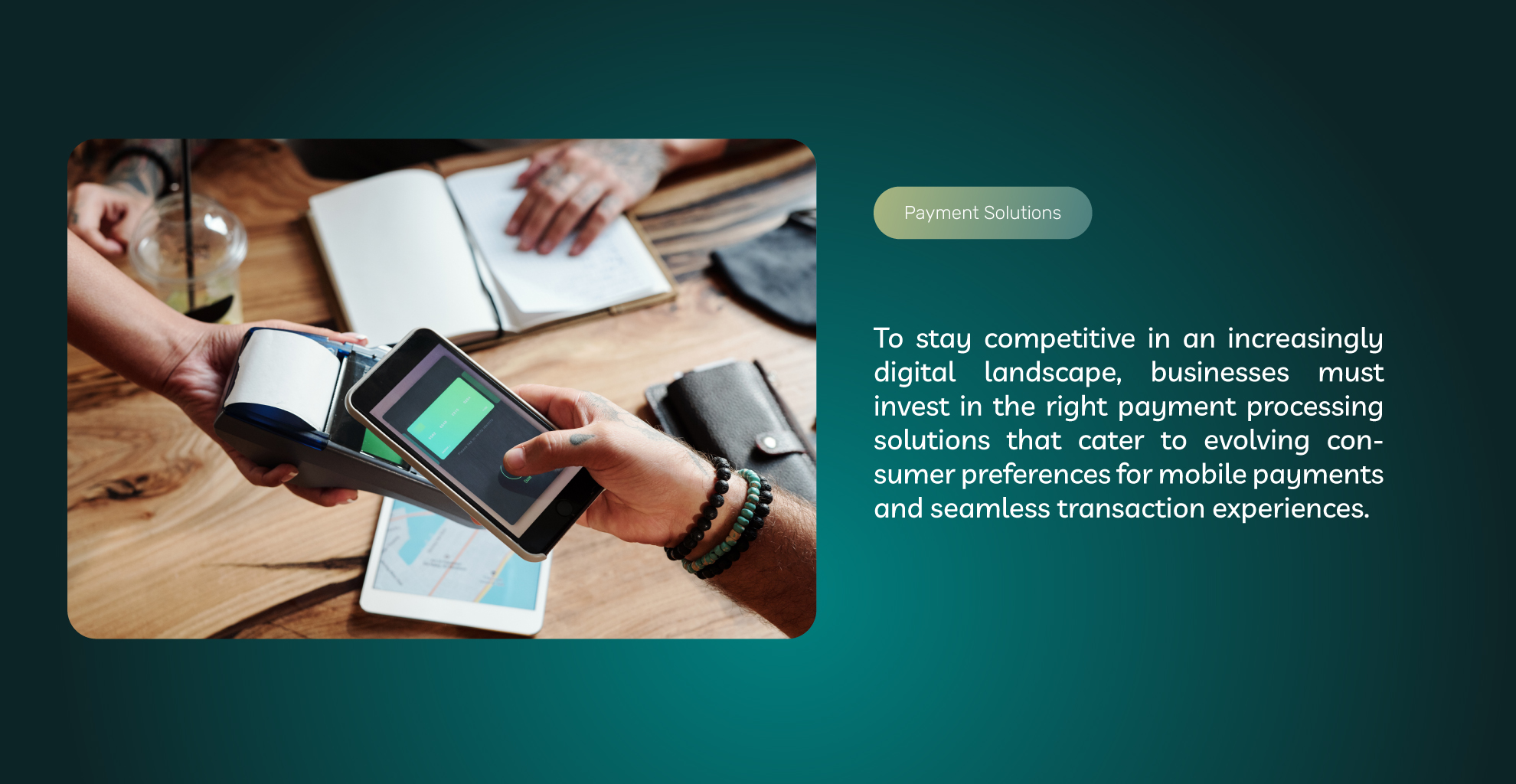
Digitized Banking and Mobile Banking Security
Mobile wallets themselves seem to be fairly secure. To open the wallet, the mobile phone owner must authenticate themselves with a biometric verifier, such as a thumbprint or a facial scan—something impossible to replicate.
But what about some of the other applications we’ve mentioned here, such as P2P payment apps, investment apps, digital-only banks, and online banking? Nearly one out of every three American consumers has been subjected to some sort of digital banking crime.
The most common types of crime are credit card fraud (64%), followed by data breach (32%), account hacking (31%), online banking frauds or scams (23%), and phishing (14%). As you might guess, older consumers, perhaps less adept at navigating digital landscapes, were more likely to be hit: 34% of those aged 55+, 36% of those aged 35 to 54 year old, and 22% of those aged 18 to 34 reported victimization by cybercrime.
Most likely responses to this cybercrime included changing passwords (93%) and contacting their financial services provider (85%). However, most consumers did not take additional steps such as contacting law enforcement, scanning the dark web to see if their personal information and/or financial data has been leaked, contacting the credit bureaus, or even placing a fraud alert on their credit report.
A big part of risk management for banks in the mobile space is and will continue to be educating consumers about fraud. Research from FINRA (the Financial Industry Regulatory Authority) shows that when consumers are made aware of a specific scam, they are 80% less likely to fall prey to it. Even if they begin to engage with the scam (for instance, a phishing email), they are 40% less likely to lose sensitive personal data or financial information.
Mobile Wallets and Digital Banking, Bottom Line
Our culture has become a very app-centered, conducting nearly everything through apps: ordering food, communicating with our social networks, dating, and financial management. To that end, mobile banking is a necessary step for traditional banks to take if they want to remain relevant.
Mobile banking offers consumers convenience, security, and a diverse range of financial applications at their fingertips (account management, loan application, investing). Pretty much all banks today offer consumers a mobile app. Many banks try to augment these apps with bells and whistles, such as pie charts that break down spending habits.
There are also competitive players in the mobile banking space who are only digital. These players have less overhead and are typically in aggressive growth phases, enabling and prompting them to offer bountiful deals and promotions.
The incursion of crypto further enriches the picture of mobile banking into progressively more mainstream spaces. What was once an obscure side hobby or elite investment is now a realistically competitive alternative to fiat currency for the average consumer.
How does all this mobile banking impact your relationships with customers? You’ll need the right hardware and software to engage with your customers and take payments the way they like to make them. To learn more about what this might mean, contact us via the form below.
Frequently Asked Questions About Mobile Wallets vs. Traditional Banking
Mobile wallets store cardholder banking information on their phones for a completely contactless way to pay. There is no use for physical cards at check out. However, mobile wallets are limited in functionality for payment only, whereas mobile cardholder banking applications facilitate more money management programs and allowances across accounts in a digital format. Traditional banking requires cardholders to visit physical locations to access their banking accounts.
Mobile wallets enable contactless payment, let cardholders keep their wallets at home, and facilitate faster and more convenient checkout experiences. Mobile wallet payments are also more secure, which benefits both the consumer and the merchant.
There could be some risks associated with using digital-only banks. A digital-only bank has no brick-and-mortar location where a customer can speak to a banker. Many of them have very limited customer support assistance. Additionally, some digital banks are startups in aggressive growth phases that are not FDIC-insured, which means the customer could lose everything if the bank went under.
Many apps, such as Acorns, integrate with existing customer accounts to round up change or take recurring, fixed-dollar-amount withdrawals and deposit these monies, with interest, into a managed or self-managed account. Apps like Robinhood and Stash allow investors to purchase a percentage of a share of stock.
